
CLINICAL CASE
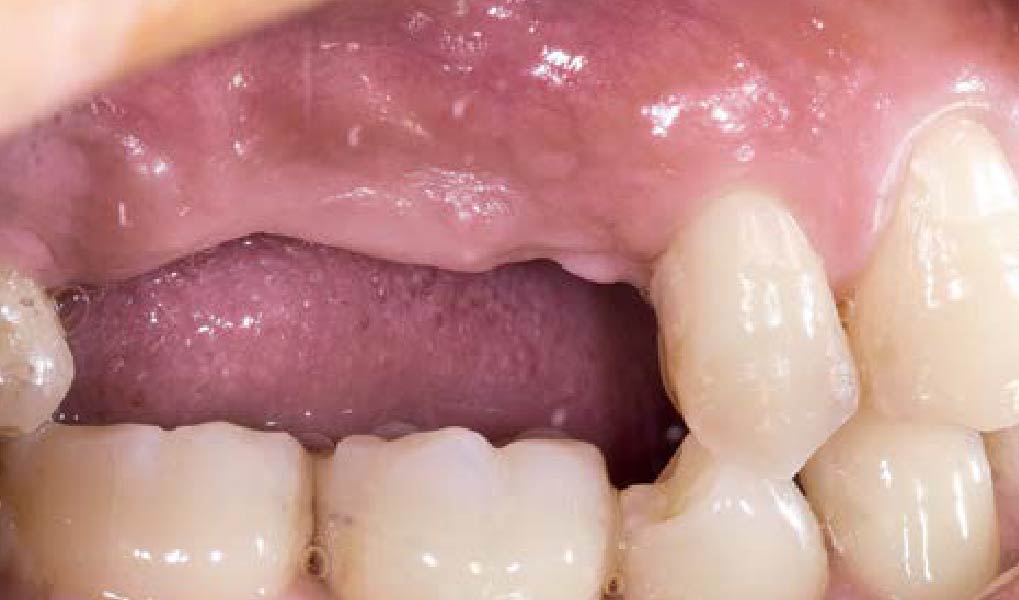
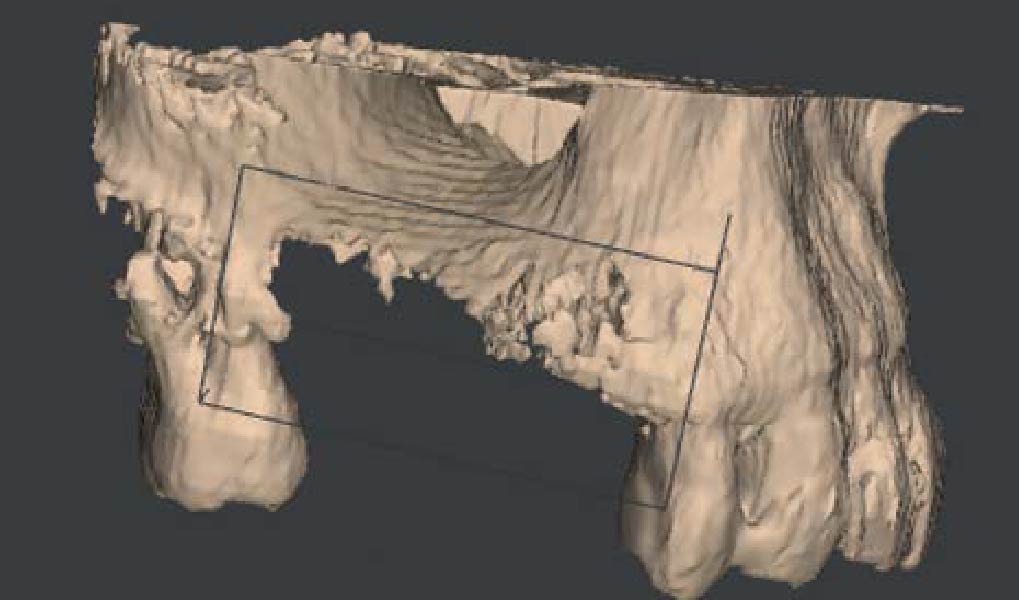
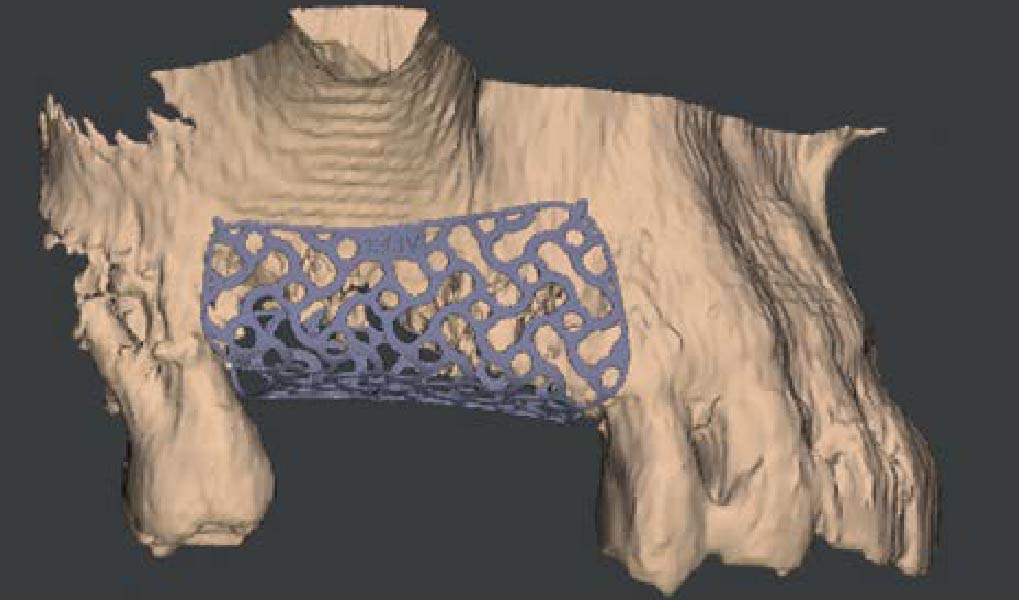

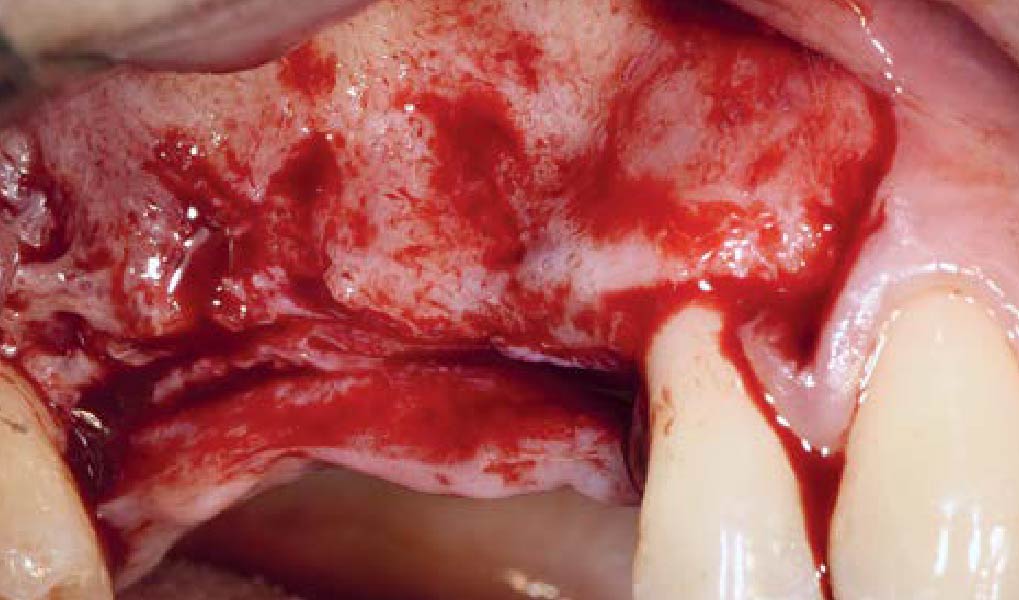
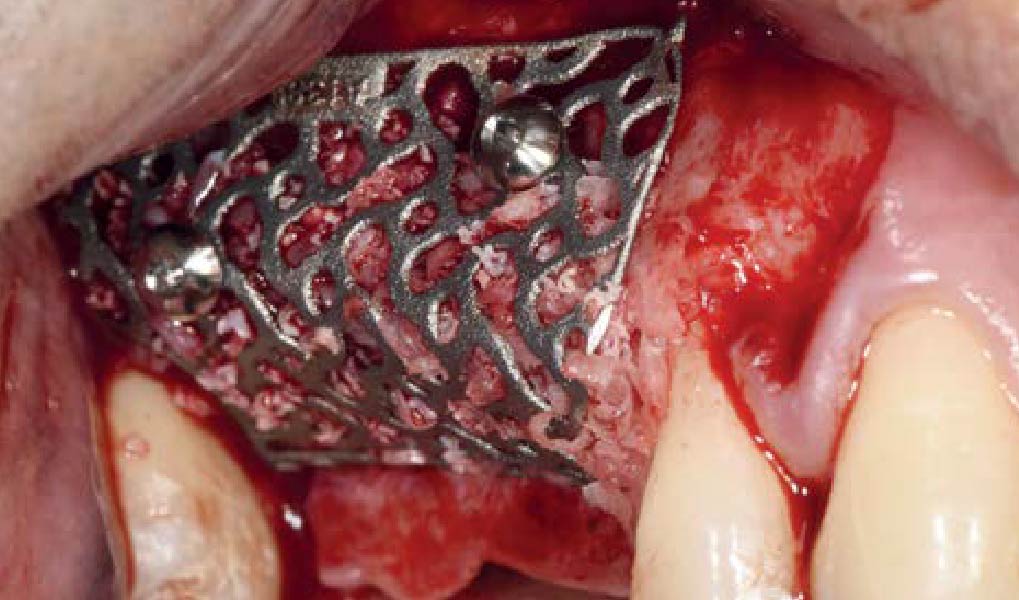
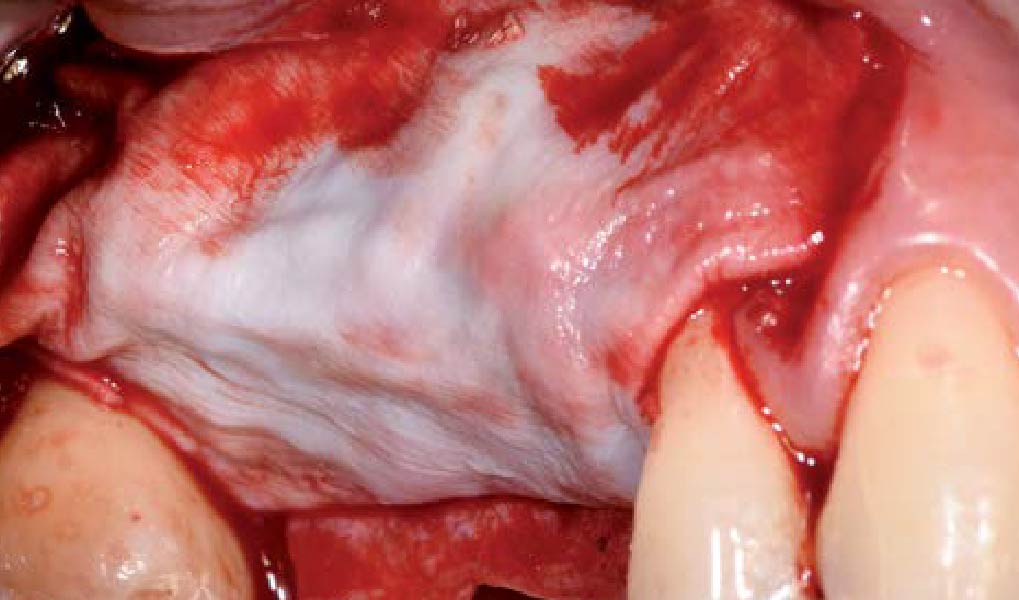
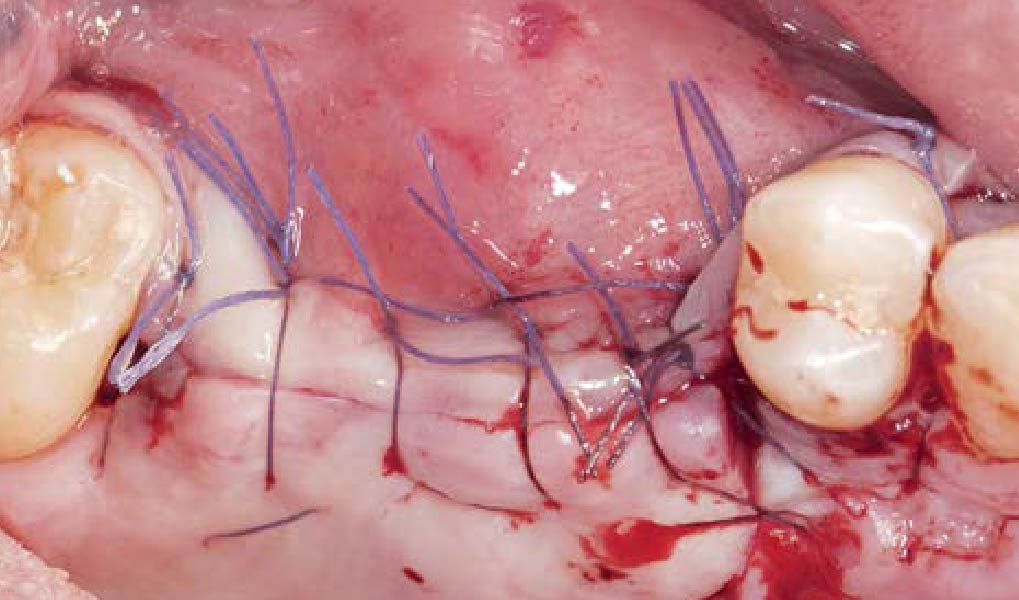
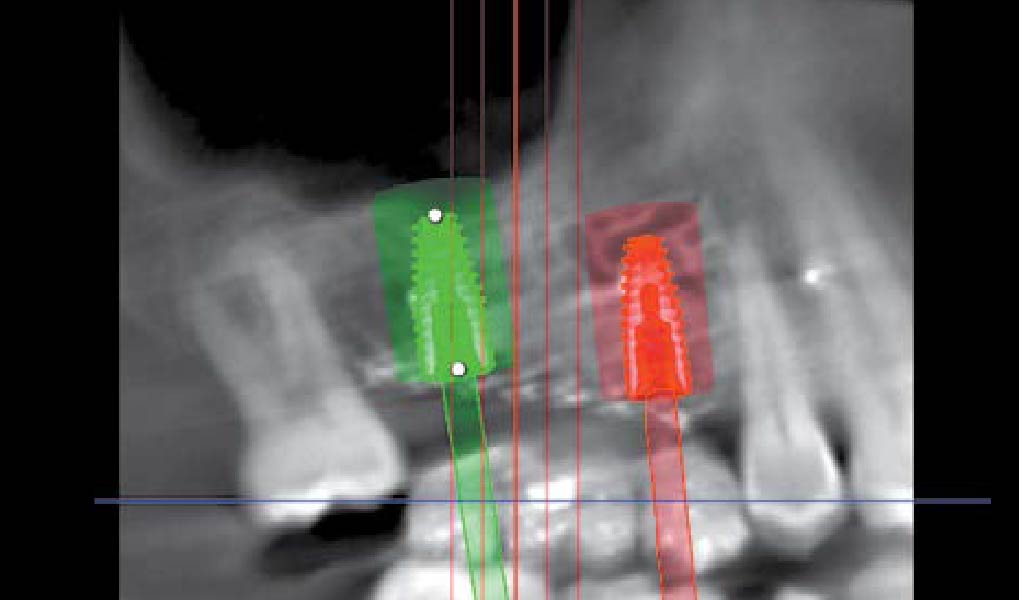
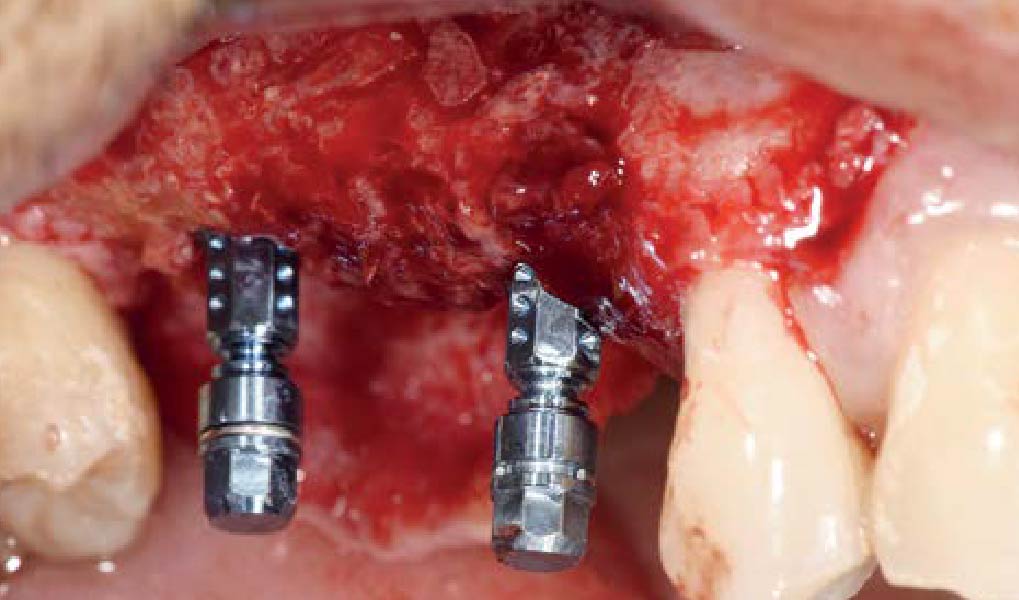


Mix & Match! Buy 5 Products, Get 1 Free! Use code Q4BG5. Get Started!

NEW EBOOK: How to Master Bone Regeneration with Digital Innovation. Download Today!
Soft Tissue Mix & Match! Buy 4, Get 1 Free! Use code Q4SOFT. View Deals!
GEM 21S®, the first recombinant growth factor product for use in oral regenerative surgery. NEW EBOOK!













